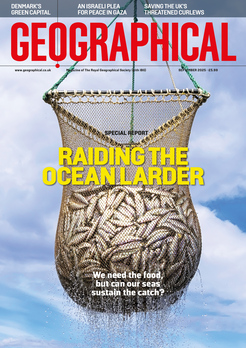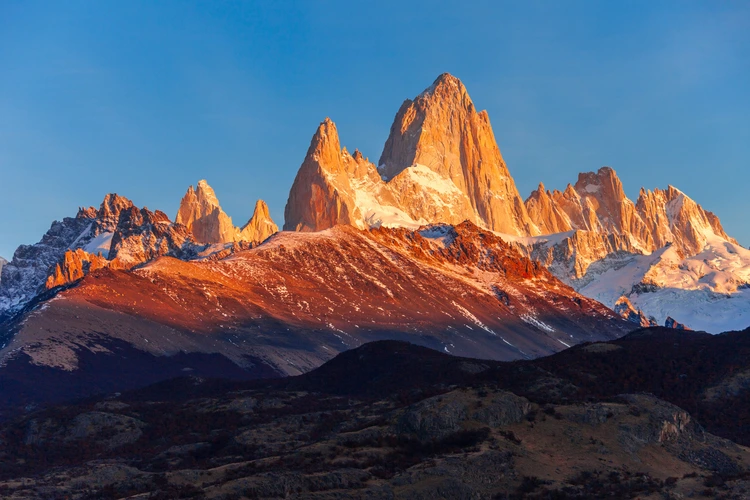
Tristan Kennedy meets Sean Villanueva O’Driscoll, whose 30-kilo kitbag – and even greater inner resolve – helped him traverse Patagonia’s fiercest ridge alone
By
Sean Villanueva O’Driscoll had already been climbing for three days straight when he found the dead body. The 44-year-old mountaineer was midway through attempting a world first – a solo traverse of the Fitz Roy Massif, the iconic Andean mountain group whose jagged skyline has become synonymous with both the Patagonia region and the eponymous clothing brand’s logo.
‘I was just south of Fitz Roy itself, the big peak in the middle,’ he explains, and was looking to set up his bivvy bag for the third night when he ‘saw some shoes under a boulder’.
‘I thought, “That’s strange – who leaves climbing boots here?”’ he says. ‘So I went to take a look and saw there was a sleeping bag – and then I noticed there was a corpse in it.’
Enjoying this article? Check out our related reads:
I’m meeting Villanueva O’Driscoll on the fringes of the Trento Film Festival, the world’s oldest mountain film festival, in the Italian Dolomites. He’s been booked to give a talk about the traverse – for which he won a Piolet d’Or, the mountaineering equivalent of an Oscar, in 2022 – and about what motivates him to take on these challenges.
Although he was born in Belgium, Villanueva O’Driscoll is of mixed parentage – hence the double-barrelled surname. His father is Spanish, while his mother hails from County Cork, and he speaks English with a soft Irish accent that lends an air of levity to his stories – even those dealing with life and death. As he sips a cappuccino in Trento’s main square, soaking up the late spring sunshine, he remembers that long, cold night as the closest he came to giving up.
With limited spots to set up a bivvy along the knife-edge-narrow ridgeline, Villanueva O’Driscoll had no choice but to pitch camp close to the dead climber, whose companion – also dead – lay nearby. ‘I remembered there were two Brazilians who’d got stuck up there in bad weather and they die from hypothermia,’ he says. ‘There’s no real rescue there – no helicopter – and so their corpses were just left. It’s too dangerous to bring down dead bodies.’
Despite working out who the pair were – and comforting himself with the fact that the weather was set fair for the six or seven days he’d planned to spend climbing – Villanueva O’Driscoll says he didn’t get much sleep that night.
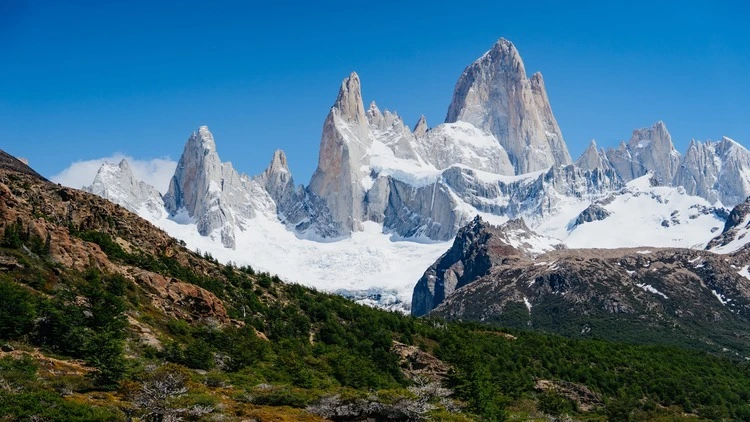
‘I had some nightmares – visions of myself where my bag was really heavy, I’d lose my balance and I’d fall. They were pretty vivid dreams, so in the morning I was like: “Is that a warning sign?”’
If such worries were understandable in the circumstances, Villanueva O’Driscoll’s response was, by his own admission, ‘pretty contradictory’. He prepared both himself and his gear to abseil directly down off the mountain, abandoning the attempt. And then, having packed his bag to leave, he unpacked it again, secure in the knowledge that he could carry on safely.
‘It was important for me that I was willing to go down if circumstances demanded it,’ he explains. He needed to know that he wasn’t ‘so obsessed, or so totally tunnel vision that I was going to push for the summit no matter what.’
Encountering the dead Brazilians was a wake-up call to check his motivation. He had worked towards this climb for years, and he needed to prove to himself that he wasn’t going to let ambition cloud his judgement – or alter his assessment of risk. Having established in his own mind that he was climbing for the right reasons, he felt ready to carry on.
‘When I felt completely at peace with going down, I knew that I could continue,’ he says. This interrogation of one’s own motives speaks to something wider in the world of big-wall, multi- pitch rock climbing. Unlike many professional sports people – 100-metre sprinters or downhill skiers, for example – climbers have always been reluctant to acknowledge the pursuit of glory as a motivating factor.’
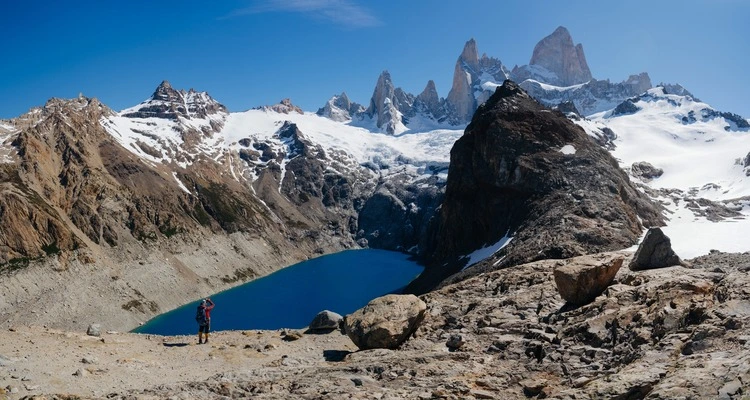
‘Perhaps because the sport comes with inherent dangers – especially among those pushing the boundaries – there’s a strong focus on intrinsic, rather than extrinsic, motivation, on climbing simply because you enjoy it, not because you’re seeking external validation.’
Villanueva O’Driscoll, who eschews social media completely and is proud to own only an old Nokia flip phone, perhaps epitomises this tendency. The fact that he has managed to pursue a professional career as a climber – maintaining sponsorship deals despite not posting regularly to Instagram, like most of his pro-climbing peers – is a credit to his far-sighted sponsors, which include the climbing brand Petzl and the clothing company Patagonia.
‘I’ve been really lucky – they get it,’ he says. His relatively low-tech approach to gear extends to his climbing kit, too. Of course, you need a fair amount of equipment to attempt big-wall, multi- pitch climbs. Your life quite literally depends on the strength of your harness, your dynamic climbing rope, your helmet and your ‘rack’ of cams, quickdraws, nuts and carabiners – the gear you use to anchor yourself as you scale each pitch. Yet Villanueva O’Driscoll’s approach has always been to go with simple gear that works – rather than the latest, lightest, most expensive option. He estimates that when he set off on his Fitz Roy traverse, his kit bag weighed 30 kilograms.
In an era when ultra-light is the norm for climbing kit, this is unusually heavy, even for a six-day climb. But while having the right equipment clearly matters in climbing, Villanueva O’Driscoll says having the right motivation matters more.
‘People get so focused on getting the newest lightweight gear and they think it’s essential to be able to succeed in their climb,’ he explains, ‘but that’s not that important compared to your motivation, compared to your passion, compared to your determination, or the fire you have to keep pushing on.’
In life-and-death situations, he says, ‘that is way more important’.
Wishlist – three items that just work for multi-pitch climbing
The essential: Petzl Sitta Harness – £160
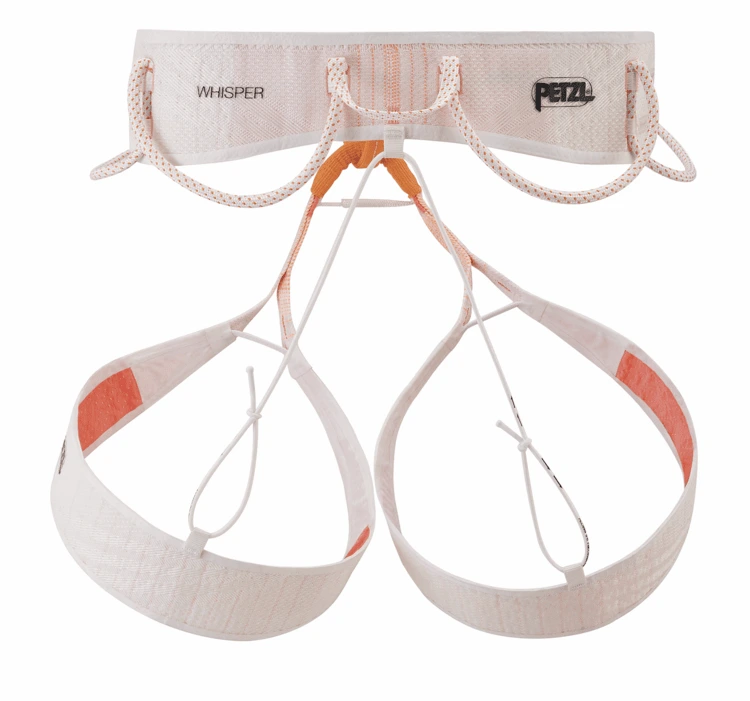
Family-owned French brand Petzl has been making no-nonsense climbing equipment since the 1970s. This comfortable, technical harness for high-performance mountaineering is a case in point.
Its slim, pliable waistband moves with your body, giving you exceptional freedom, whether you’re tackling a crux at the crag or moving quickly in alpine terrain, and it packs down small – ideal if you’re tackling the kind of long approaches that big-wall climbs often require, especially in places such as Patagonia.
With five gear loops, there’s plenty of space for a large rack, while the reinforced tie-in points make it extra resistant to rope friction – making this a harness you can rely on when you’re far up a wall, far from home
The luxury: Petzl Sirocco Climbing Helmet – £120
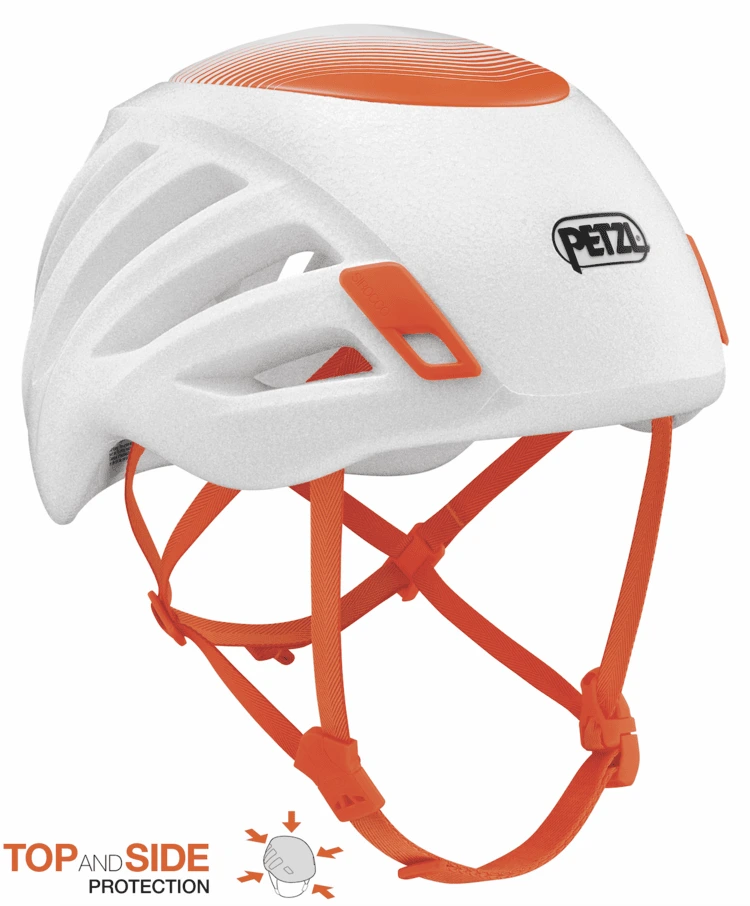
A climbing helmet isn’t really a luxury – if you’re on a big wall, some form of protection from rockfalls is a must – but this particular helmet is pretty luxurious, if only because, at just 170 grams, you can barely feel it on your head.
The Sirocco is the model that Villanueva O’Driscoll wore during his Fitz Roy traverse and stands out thanks to its impressive weight-to-protection ratio. Its hybrid construction combines a lightweight expanded polypropylene foam shell with a reinforced crown made from expanded polystyrene, delivering reliable protection without adding bulk.
Add in a minimalist magnetic buckle and plentiful vents, and it’s easy to see why this particular helmet is so popular
The surprisingly useful: Petzl Connect Adjust Lanyard – £46

The Connect Adjust lanyard is one of those bits of kit that’s so useful you’l wonder how you ever lived without it.
Designed for climbers and mountaineers who need secure and adaptable anchor tethering, its adjustable arm lets you fine-tune the length – from 15 centimetres to 95 centimetres – for optimal positioning when organising ropes and gear at the anchor. Of course, you could achieve the same result with regular bits
of cord, carabiners and prusik knots, but having something purpose-built, with a low- profile loop for attaching to your harness, frees up so much space and time.
The lanyard is engineered to help absorb some of the impact in the event of a short fall – enhancing both efficiency and safety during technical manoeuvres

